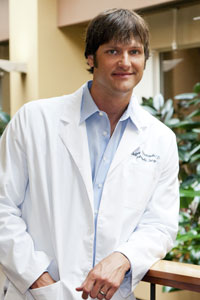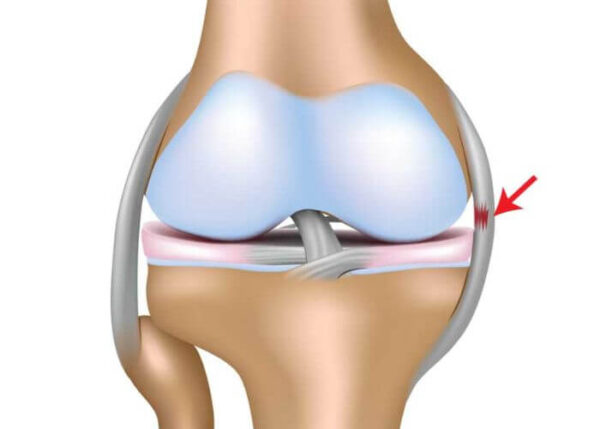MCL Reconstruction Surgeon

Are you an athlete who participates in contact sports? If so, you may be at risk of sustaining an MCL injury. The MCL can sustain an injury during certain twisting movements, direct contact to the outside of the knee, external rotation or combined force impacts when knee flexion is present. MCL reconstruction surgeon, Dr. Jeff Padalecki provides diagnosis and both surgical and nonsurgical treatment options for patients in Austin who have developed an MCL injury. Contact Dr. Padalecki’s team today!
MCL Reconstruction as a Medial Collateral Ligament Treatment
The MCL ligament (medial collateral ligament) is one of four ligaments in the knee joint that helps to control movement, function, and excess motion of the knee and leg. The MCL is critical to the stability of the knee and travels from the thighbone (the femur) to the top of the shinbone (the tibia) and resides on the internal part of the knee joint. While it is more common to hear about ACL injuries, MCL injuries actually account for about 24 percent of all knee injuries. The MCL can become damaged/torn with certain twisting injuries. This can lead to painful tears and trauma to the MCL involving contact to the outside of the knee, external rotation, or combined force impacts seen in such sports where knee flexion is present. Often, the MCL will heal on its own after injury; however, in certain instances the ligament is torn to the extent that a MCL reconstruction is necessary. Austin, Round Rock, and Cedar Park, Texas communities knee surgeon, Dr. Jeff Padalecki specializes in MCL reconstructions as a medial collateral ligament treatment in order to return patients to an active, healthy lifestyle.

How is MCL Reconstruction Performed?
A thorough examination by Dr. Padalecki, and the use of an MRI or X-rays will be able to detail how stressed the ligament is and if it can heal without surgery. If Dr. Padalecki feels surgery is necessary, he may discuss MCL reconstruction with the patient, which is a surgery that will involve a graft. MCL reconstruction involves harvest of one of the hamstring tendons. This tendon is used to reconstruct the damaged MCL. During the procedure, a tendon from the patient (an “autograft”) is used to reconstruct the injured ligament by placing it in the exact location replacing torn structures with tissue at their natural attachment points. There have been positive outcomes in patients who have had this procedure.
What is the Recovery Process After MCL Reconstruction?
After surgery, physical therapy will be necessary. Patients will undergo rehabilitation in order to obtain an optimal result. Physical therapy begins immediately; however, progression in terms of range of motion, weight bearing, strengthening, etc. will depend on the nature of the injury, surgery, and health of the patient. Patients typically return to jogging at four months and sports at six months, depending on the severity of the initial injury.
For additional information on MCL knee injuries, or to learn more about MCL reconstruction surgery as a medial collateral ligament treatment, please contact the office of Dr. Jeff Padalecki, orthopedic knee surgeon on Austin, Texas.